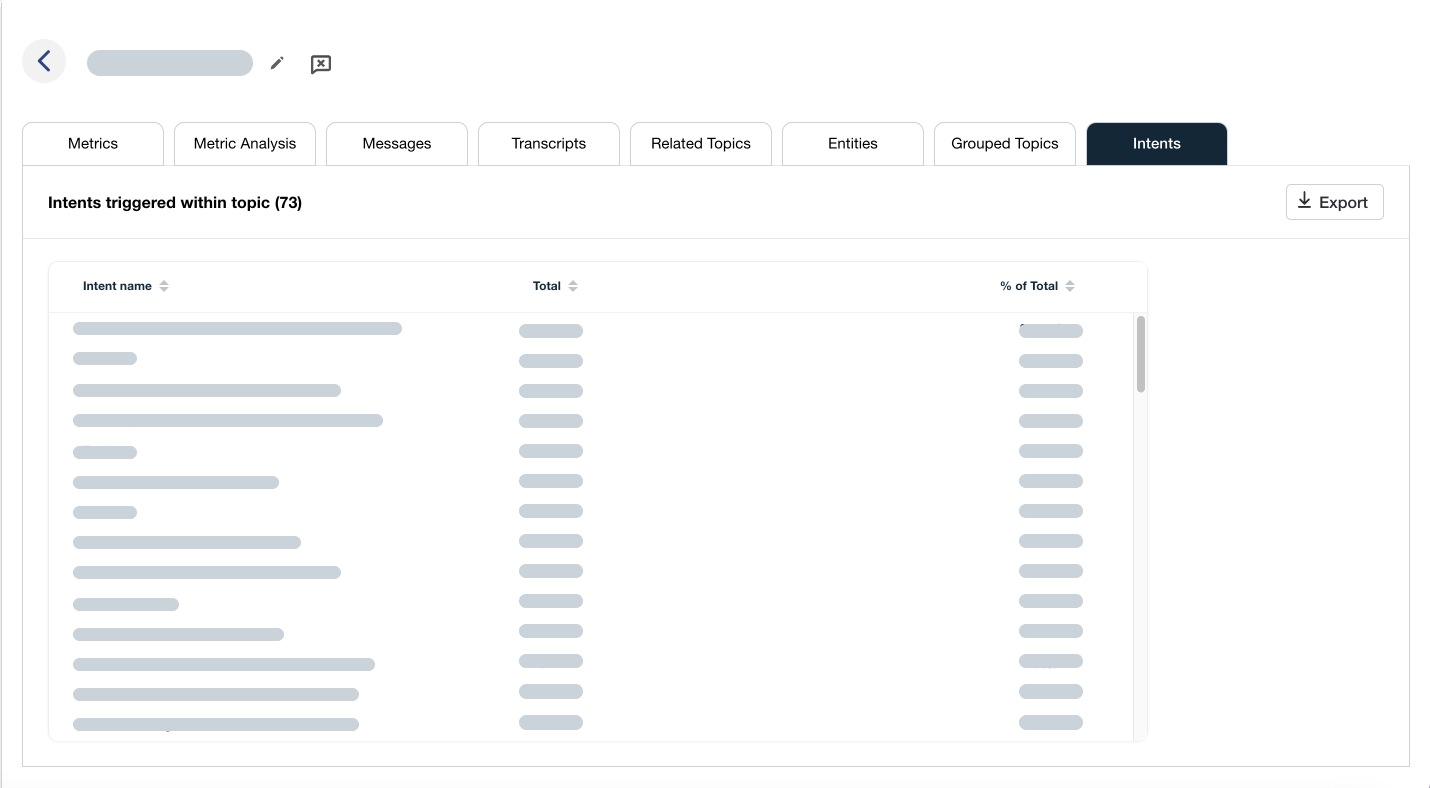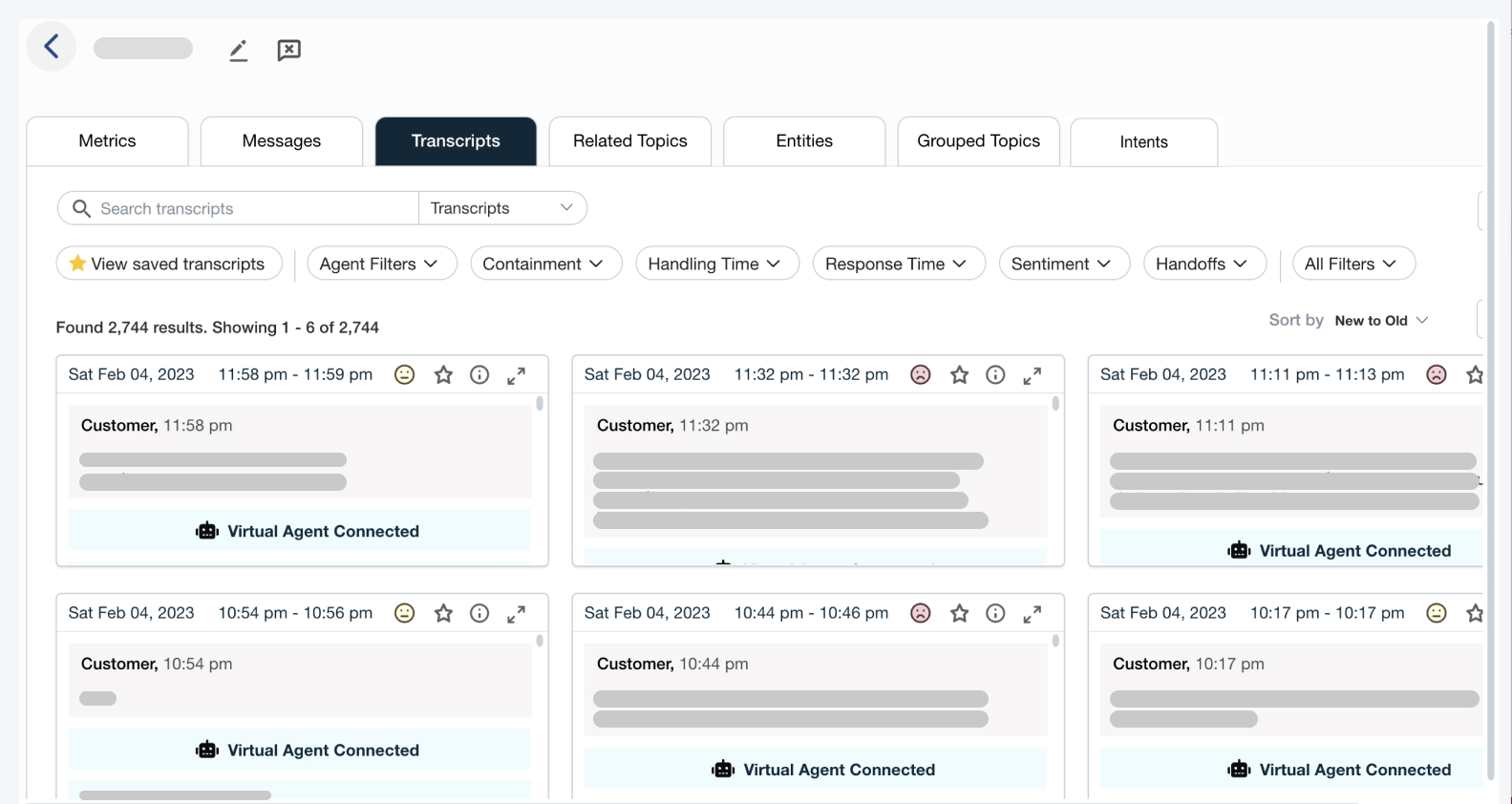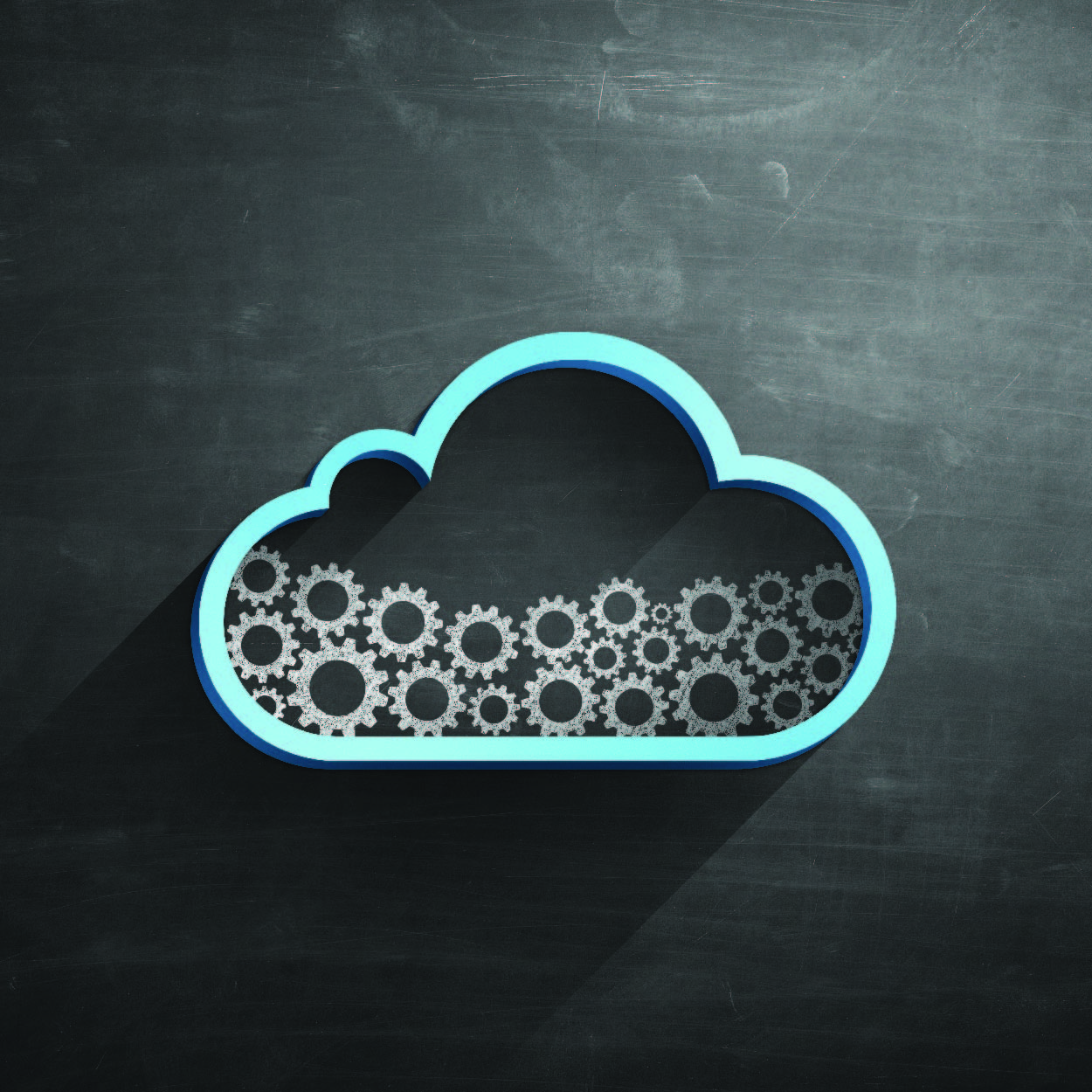Debunking Common Data Security Myths with Calabrio’s Security Experts
Debunking Common Data Security Myths with Calabrio’s Security Experts
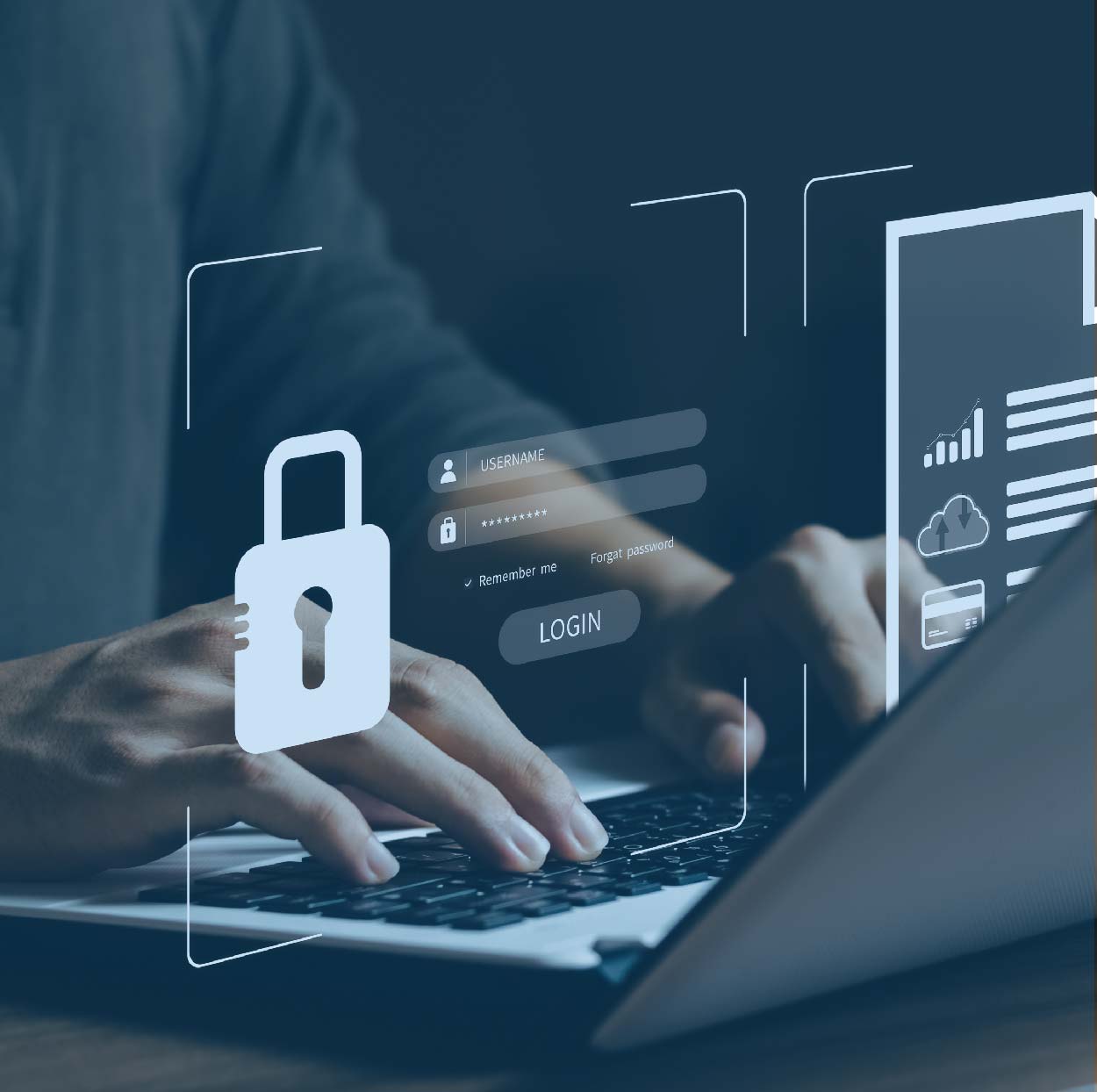
Preventing cyberattacks is a top-of-mind concern for many organizations as they move more and more online and into the cloud. But this heightened fear of online threats has also given rise to data security myths that can cause people to take the wrong approach to protecting their organization.
Recently, the Working Smarter Podcast sat down with Calabrio’s security experts, Tim Wittenburg and Craig Zweber to sift through the confusion and provide insightful advice. Read on to learn more about debunking these data security myths and find practical solutions to ensure data security and compliance.
What Is Data Security?
Data security defines a number of methods and best practices to protect your valuable data from harm. Putting in place data protection strategies can make theft or tampering of a cloud environment and connected devices more difficult. These protections can also reduce the potentially harmful impact of tampering or theft.
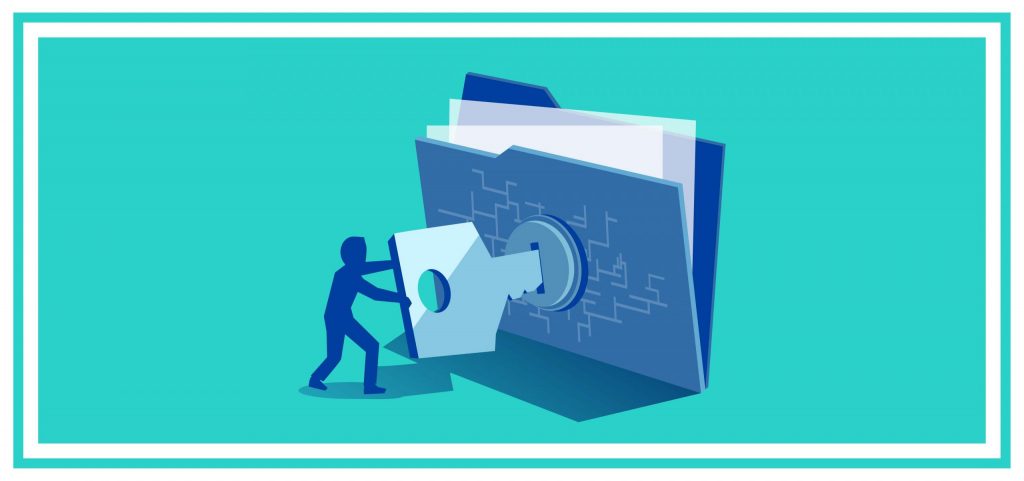
Protective measures such as data encryption protect the data itself by making it useless to anyone who does not have the decryption key(s). For data encryption to be effective, the decryption keys also need to be stored and managed securely.
Good data security includes protecting the data itself and goes farther by protecting all of the environments in which the data itself is stored, transmitted, or processed, from the moment it’s created, and throughout its entire lifecycle. As an example, valuable data is more secure when care is taken to identify who should have access to the sensitive data based on job responsibilities. Once the job roles are identified, permissions are set so that data access is permitted only for authorized users.
Why Is It Important?
In the digital space, there is a commonly shared fear of critical assets and intellectual property being stolen, since hackers are constantly trying to gain unauthorized access to mobile devices, computers, and cloud systems. They may threaten data erasure or leak personal health information and other sensitive data for a price. While this can be devastating for individuals, it can potentially cripple a corporate network and negatively impact business operations.
While there is no 100 percent solution for protecting data from being breached, there are some practical data protection solutions that can help. Focusing on security best practices, good diligence, and leveraging your partners and software services to add security updates and fixes as soon as they are discovered are some great ways to help strengthen a data protection strategy.
Enterprises and other large-scale businesses need to prioritize data protection security throughout the organization. While adding simple solutions like strong passwords or multi-step verifications can help, there needs to be more direct action to prevent data breaches. The three biggest risks of cyber threats to personal and professional devices include:
- Phishing emails
- Social engineering attacks
- Hacking weak, reused passwords

By keeping your security systems up-to-date, you can stay ahead of security trends and tracking to protect data from being stolen from professional or personal computers.
Debunking Common Data Security Myths
There are many different data security and compliance myths floating around the web. Let’s dissect some common concerns with the help of Calabrio’s security experts, Tim Wittenburg and Craig Zweber.
Myth #1: You need to buy additional security software
Some vendors use scare tactics aimed at consumers to buy their security product or service. They claim that without it, the software is somehow less secure. With the right software, that’s simply not true. According to the security experts at Calabrio, using the right software system is just as effective as buying 30 to 50 different products on the market.
Calabrio ONE’s Security System
There are lots of misconceptions about cybersecurity that make it seem like one must be an expert to prevent sensitive data breaches. The NIST cybersecurity framework is a resource guide that professionals use to protect software systems. While reading the framework takes hours, and is filled with security-related jargon, it does give straightforward instructions on how to protect essential data that everyone can use.
Calabrio has adopted that program and follows the number of capabilities listed to protect information. We maintain the maturity and improvements year after year to protect information.
A lot of different organizations provide certifications of security. Three different audit certification methods that Calabrio’s security experts use to ensure high functioning security include:
Method One: SOC 2 Audit
The SOC2 audit is for North American markets and looks at all infrastructure components, including servers, databases, and different software to check how effectively a business is protecting that information. It also focuses on providing a detailed report of organization’s compliance to the Trust Services Criteria (TSC) of the American Institute of Certified Public Accountants (AICPA).
Method Two: ISO 27001 Audit
This internal audit thoroughly examines an organizations Information Security Management System (ISMS) to ensure it meets the requirements. It’s important for companies in international markets because it’s more widely known to customers in international markets.
Method Three: PCI Attestation of Compliance
Under PCI, Calabrio is considered a Service Provider since it does not process credit cards. Calabrio obtains a PCI Attestation of Compliance (PCI AOC) certification annually. The PCI AOC indicates to customers and prospects that Calabrio has taken appropriate actions to secure its processing environments in its role as a PCI Service Provider. Customers are responsible for compliance with PCI.
All audits provide continuing assurance to customers that we are working to programmatically detect every change so that our system stays in compliance in real-time. Rest assured that your data is constantly being protected 24/7 365.
Myth #2: If it’s not in “the cloud,” it’s safer
The idea that cloud technology puts your data at higher risk is simply not true. In fact, older mechanics and on-premises software are built within certain restrictions, and they remain exactly how they are until they go through lengthy, pricey upgrades. This leaves them more vulnerable than true cloud solutions because they are not constantly updating.
In the past, hackers could take months to identify issues within software systems to exploit. Today, the modern hacker is updating automation programs that constantly analyze systems looking for vulnerabilities. When a vulnerability is discovered, it can start being targeted in several hours. Therefore, once something is out of date, it’s automatically one of the highest security risks.
According to Calabrio’s Tim Wittenburg, something that is high risk is “most likely exploitable.” Operating that software makes you and your organization vulnerable to cyberattacks, data loss, and other data security risks.
Myth #3: Software updates will “rearrange” all applications
A common fear is that doing regular software updates will mess with your files and display features. Software updates are not visual, or user interface (UI) related, rather they focus on patching vulnerabilities that were discovered in the operating system. Users and businesses can rest assured that while they won’t mess with functionality, they will improve data security.
Safeguard Your Devices with Enhanced Security
While contact centers and other major businesses have extensive security protocols in place, there is always a risk level whenever humans are involved. Therefore, the best defense against cyber-attacks is by advising employees to use common sense on both their personal and professional devices.
Here are Calabrio’s security expert’s recommendations to prevent data breaches by using the practical data security solutions below:
Increase Password Strength
Having a strong, unique password is the first line of defense for many users against hackers. See some simple ways to prevent unauthorized users from deciphering your passwords:
- Don’t use simple passwords
- Mix it up with symbols and numbers
- Make it longer (10+ characters)
- Don’t use the same personal passwords for business accounts
- Don’t use common catchphrases
- Change your password several times a year
- Don’t use personally identifiable information
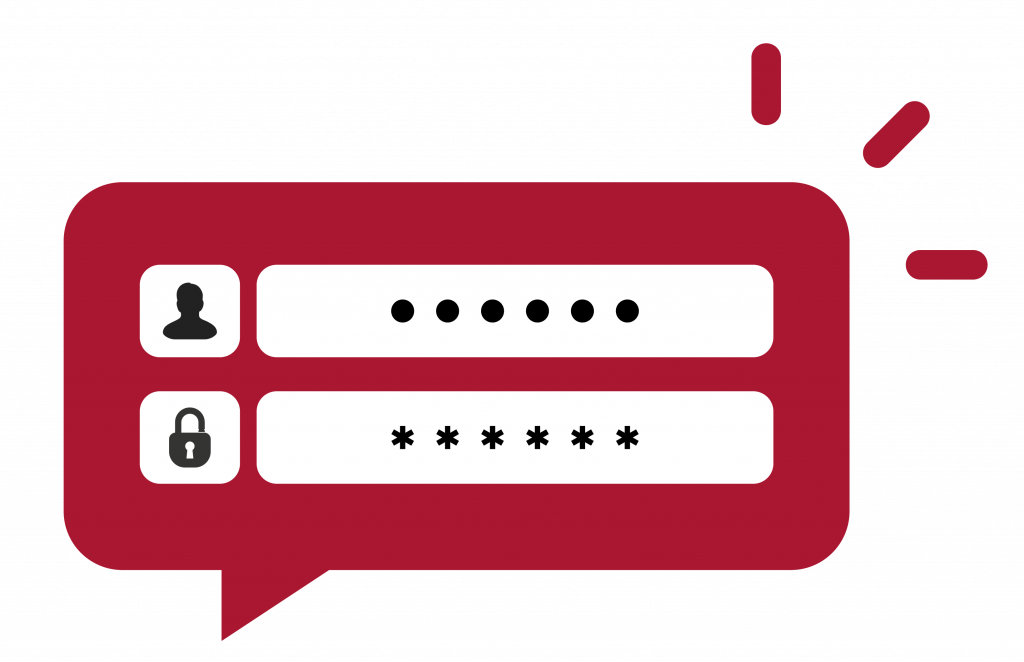
Use Multi-Factor Authentication
Securing data on an individual level doesn’t need exceptional knowledge or expert-level understanding. In fact, simply improving passwords or adding two-factor authentication requirements can help significantly reduce the likelihood of hackers gaining access to private information.
While it may seem like a hassle to have to answer a multi-factor authentication question every time you log onto a site, this small step is yet another layer of protection to prevent the loss of sensitive information.
Leverage Strong Services
There has been a surge in cloud services available over the last 10 years and deciding which one is worth your time can feel like a daunting task. Businesses need to know the difference between fake and true cloud solutions because their data security and compliance could be at risk.
Software companies that leverage their partnerships with Microsoft or AWS can benefit from the security protection and data loss prevention that comes within those true cloud solutions. Since these big data platforms are billion-dollar companies, they have the financial resources, data warehouses, and physical security to protect data assets from a data breach.
Apply a Pen Test
Many large-scale companies try to stay ahead of software concerns by running what is commonly referred to as the pen test. Calabrio’s security team uses this method to hire hackers, give them control access to our system through a login, and then try to find weak areas to exploit.
This preventative test helps our team identify problems before outside hackers can. By continuously applying these programs, we can offer our customers superior built-in data security.
Keep Software Up-to-Date
Everything your trusted security system offers an update, take advantage of it. These updates are security-based and very rarely will make changes to the actual user interface. An up-to-date system has patched any vulnerabilities detected and will help protect encrypted data.
Pause and Reflect
A common misconception is to be secure you need to be a wizard at all things tech to have sufficient data protection. That’s really not the case. According to Tim Wittenburg, it’s more about “applying common sense” to suspicious phishing emails.
Users should really take the extra time to pause and think before clicking links or following up on them. It’s also essential to report anything suspicious to security directors and call support lines.


